When the Water Comes (for ages 12 and up)
What exactly happened during the Watersnoodramp (Flood Disaster)?
What kind of help did the victims receive in the disaster area?
How did they rebuild the land during the reconstruction?
And do we still have to fight against the water today?
Discover the answers along this route filled with various tasks!
Get Started
Would you like to follow this route through the museum? Ask for it at the reception desk at the entrance.
During this route, you will encounter various symbols, each accompanied by tasks that you can complete at home or at school. The tasks and the worksheet associated with them can be found on this page.
Task 1: The Story of Wim Schot
In the museum, you saw a boat. You now know that many people were rescued with such boats after the night of the disaster. Wim Schot also rescued many people from rooftops this way. How he did this is explained in this video.
What was the main conclusion of the man rescued with the 'wrong' suitcase? Watch the video and write the answer on your worksheet.
Task 2: The Story of Peter Hossfeld
Did you discover the emergency transmitter in the museum? Peter Hossfeld made this radio with only the spare parts available during the disaster.
With whom did Hossfeld make contact using the emergency transmitter? Name three people or organizations and write them on your worksheet.

Task 3: Commemoration
Commemorating a disaster can be done in many different ways. In the museum, you encountered various monuments.
Where and in what way is the Watersnoodramp of 1953 commemorated in your area? This could be a monument, an annual commemoration, or a piece of art. Write the answers on your worksheet.

Task 4: The Story of Annie Ponsioen
Were you also impressed that so many countries donated aid supplies to the disaster area? All those items had to be sorted. Annie was nineteen and studying in The Hague. The Red Cross asked her class to sort clothing for the flooded areas. Annie describes what that was like.
Imagine you lost everything during the disaster. What five aid items do you think you would need the most? Write your answer on your worksheet.
Task 5: The Story of Daan von Eugen
During the route, you discovered what zinc pieces look like and how they are made. Daan von Eugen helped with making these zinc pieces during his studies. How this went is explained in this video.
What did Daan find an emotional moment? And why do you think it was this moment? Watch the video and write the answers on your worksheet.
Task 6: Am I at Risk of Flooding?
Do you remember selecting some items in the attic? Imagine a flood occurs; how high will the water come in your house?

Task 7: The Water Envoy
In caisson 4, you saw who ensures that your feet stay dry. One of those people is the water envoy. Curious about what a water envoy does? Watch the video by Henk Ovink.
Water awareness means understanding that we need to take good care of our water. We need water, but it can also cause flooding. What would you do if you were a water envoy? How would you promote water awareness? Write your answers on your worksheet.
Task 8: Climate Messages
Did you find the images on the 18-meter-long screen impressive in the museum? Images can convey a very clear message. The ACT AS ONE project also sent a message to the world through images, expressing concerns about climate change. Watch the video to see their message.
Think about what climate message you would want to send to the world. How would you share that message? Write your answers on your worksheet.
Task 9-A: Youth in Action
In the museum, you saw how the climate is changing and its impact on Earth. More and more young people are taking action against climate change. A well-known example is Greta Thunberg, who skipped school for weeks to protest in front of the parliament building in Stockholm.
Find out who Greta Thunberg is and watch the documentary Greta and the Climate Strikers. According to researcher Rutger van den Berg, what is the core of Greta’s message about climate change? Write the answers on your worksheet.
Task 9-B: Youth in Action
Greta has inspired many young climate activists to take action. Greta considers the climate in everything she does to minimize its impact. This resonates with other young people and made her a role model for the climate movement.
On September 28, 2021, Greta gave a speech in Milan criticizing world leaders and their "blah blah blah" about climate issues. Her speech was received in various ways.
Watch Greta's speech below. What do you think about it? And what is your opinion on climate change? Write the answers on your worksheet.

Youth in Action
In the Netherlands, young people are also taking action for the climate. Stijn Warmenhoven from The Hague founded the Youth For Climate NL Foundation. Together with other young people, he organizes climate actions in the Netherlands.

Answers
Have you completed all the tasks on the museum route? Download the answer sheet below.
